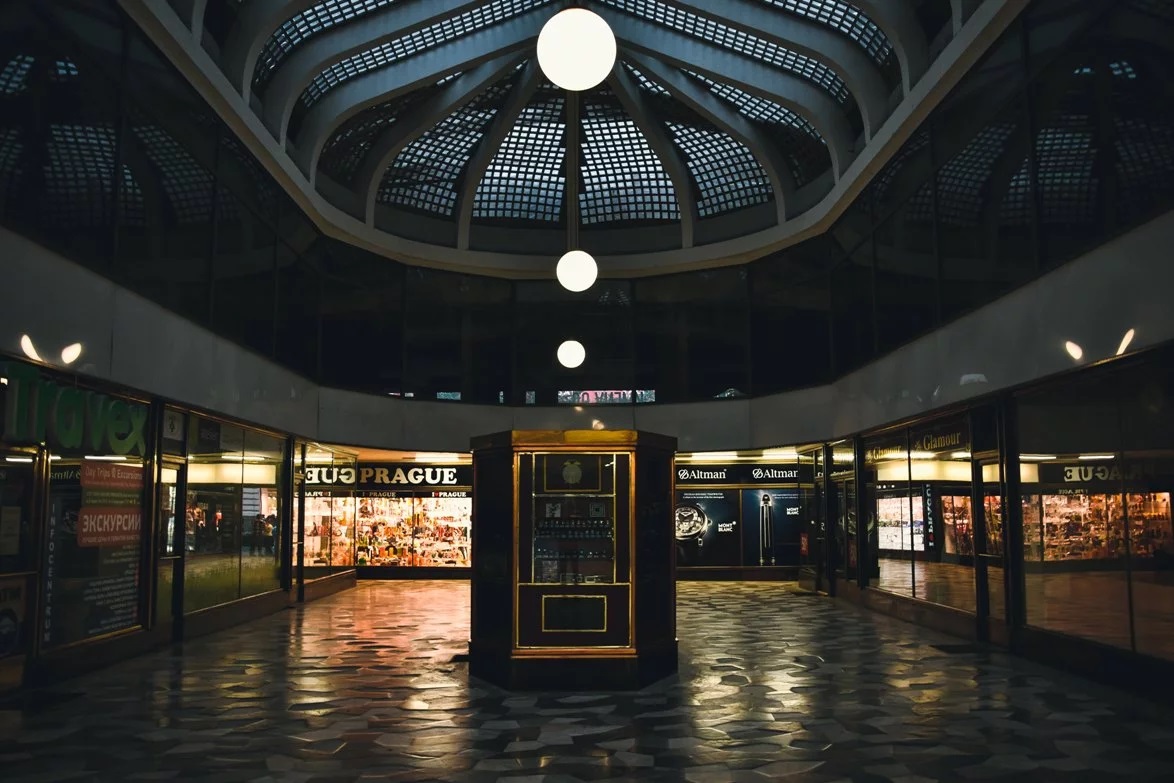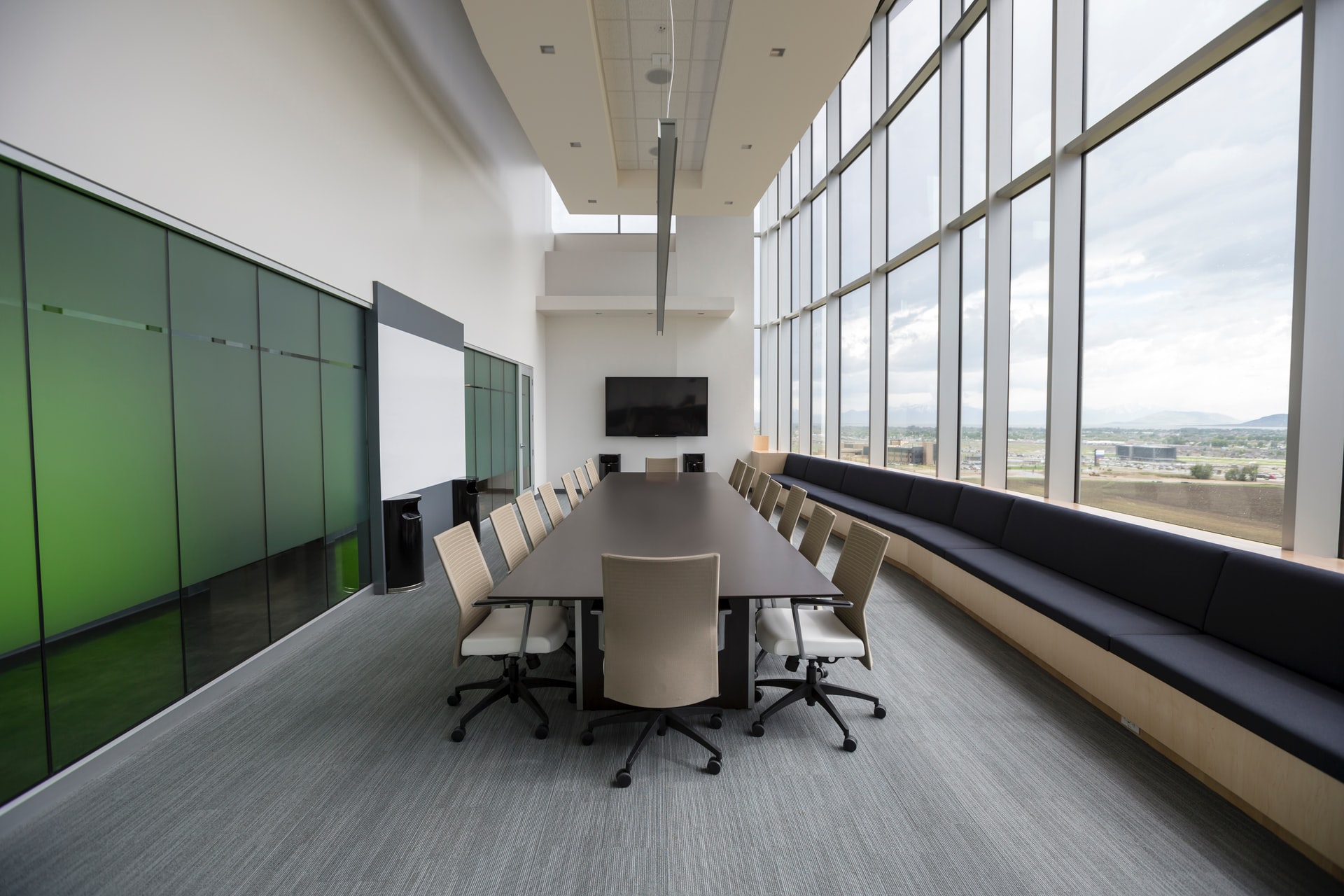The primary benefit of retail technology is to improve business operations and help maintain a healthy bottom line. The retail journey has always been transactional in nature, with the barter or trade being a key aspect of the process.
Today, however, the route to making a sale tends to be more relationship-based. Building a connection and nurturing consumer engagement is essential to surviving in the competitive retail realm.
You may not immediately see the need to invest in technology in a brick-and-mortar retail store, believing that retail tech is for online platforms. But we will take a look at how investing in or upgrading your existing technology can boost sales and increase turnover for your retail business.
1. Offering free Wi-Fi
Plenty of in-store technology requires Internet connectivity. So, whilst you’re at it, you should also expand your Wi-Fi network to be accessible by your customers. Having free Wi-Fi access in a retail premises is considered a key feature nowadays, and helps to keep customers in your store for longer. This is the first step towards increasing sales.
2. Digital signage
The layout, design and overall aesthetic of your store plays a large role in attracting and retaining customers. Window displays can be enhanced with neat and aesthetically pleasing digital advertisements and brand promotion.
With digital signage, pricing of all products can be updated in an instant from a single central location. This will leave your staff free to assist customers.
Digital signage can be promotional, informative or directional. With vast applications, the more you invest in digital signage possibilities, the more it will set your store apart from its competitors.
3. Loyalty kiosks
Loyalty kiosks can be installed neatly and discreetly as an excellent way to reward your customers. Many stores already have loyalty programs implemented, where customers are rewarded for repeat custom, encouraging further sales.
An unmanned loyalty kiosk allows your customers to activate their own loyalty cards, as well as control their customer profile and redeem rewards or points. These easy-to-use kiosks usually feature a card dispenser and card reader and offer businesses an opportunity to promote or advertise additional products to their loyal customers.
4. Virtual mirror technology
For retail businesses that offer apparel, makeup and other products that the customer will wear, virtual mirror technology uses augmented reality to present the customer with an easy and convenient way to try on items without having to undress.
Customers can select styles, colors and sizes of garments or shades of makeup. Using the interactive mirror, they can see how the item will look on them. The virtual mirror can also cross-sell items by providing matching suggestions.
5. Unmanned checkouts
Global vendors are rapidly making the move towards unmanned checkouts. Initially, they were mainly used as a way to speed up queuing in busy supermarkets and large convenience stores. But now, even small retailers can see the added value in this type of technology.
MasterCard has developed virtual shopping cart technologies where customers add products to a virtual cart which is billed upon leaving the store. Brands like IBM and Intel also offer suites of technologies to enable retailers to integrate this tech into their physical location.
Unmanned checkouts improve queue speed, checkout efficiency and reduce human error.
6. Beacon technology
Beacon technology detects humans in proximity and triggers pre-set actions, such as sending a message to a mobile device with an app installed.
Using Bluetooth, coded messages are transmitted to potential customers and usually aim to deliver directional or contextual information or personalized experiences. This allows your business to avail of targeted marketing and promotion and helps with brand-building in a highly saturated retail market.
7. Internet of Things (IoT)
This broad term refers to the interconnectivity of digital machines and devices over a network without the need for human-to-human or human-to-computer interaction. Retailers can take advantage of the world of IoT and allow customers to use their smartphones to interact with the store and its products.
For example, a customer can scan a product with their phone and access product information, reviews and other helpful insights. This type of tech help your business remain relevant in the modern world, will ease the burden on retail staff and will help bolster in-store sales.
8. Omnichannel retail
More than simply selling a product in-store and online, omnichannel retailing involves having customer information available to better understand your audience. True omnichannel selling includes in-person channels also.
When a customer enters a location, their shopping habits and history can be presented to staff members. The customer can be directed through the store with interactive signage to help them shop more efficiently. Successful omnichannel retailing will connect mobile, desktop and in-store data to offer a personalized experience to the customer.
Consumers have become accustomed to technology featuring in every aspect of their lives. Retail stores can upgrade their technology to be better prepared to communicate and connect with the modern customer. Once thought to be a way of the past, bricks-and-mortar stores are having a resurgence in popularity of late as many are realizing the value of investing in or upgrading their existing technology.




